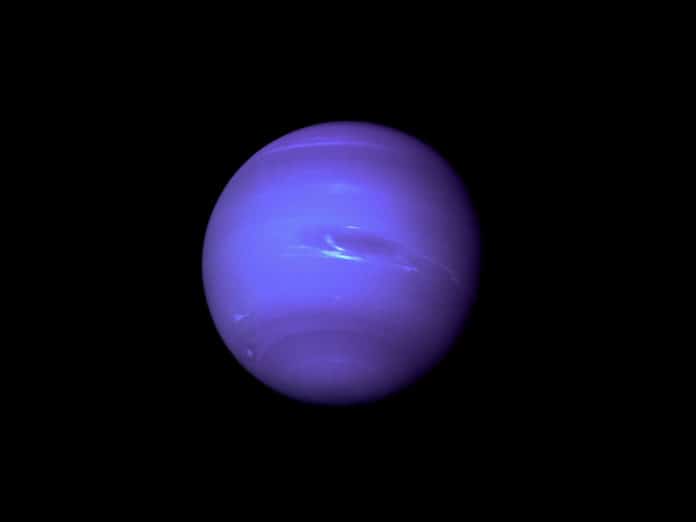Venus and Earth are almost similar. Sometimes, known as Earth’s twin, Venus has the same size and mass. Yet, some key differences— such as habitability, atmospheric composition, and plate tectonics— have remained unexplained.
A new study suggests that high-speed impacts could help explain why Earth is habitable while Venus is not.
According to a different study, the planet Venus had experienced a high-speed impact almost 4.5 to 4.0 billion years ago. That impact was extreme than those colliding with Earth. More than one-quarter of collisions with Venus would have occurred at velocities of at least 30 kilometers per second (about 67,100 miles per hour).
According to this new study, this high-speed impact on Venus causes twice as much mantle melting than impact-induced melting on Earth. High-speed impactors hitting Venus at a shallow angle would have resulted in the complete melting of the mantle.

Simone Marchi, a planetary scientist at Southwest Research Institute, said, “When even just one of these massive, high-velocity impactors hit Venus, it would have interrupted and essentially reset the planet’s evolution. Venus could have gone from a solid rocky body to a molten mess in moments, altering the mineralogy and physical structure of the planet’s interior and surface.”
“Any pre-existing atmosphere would have been largely blasted away and replaced by volatile gases emerging from the melt. A single high-speed impact could have ultimately determined whether or not tectonic plates formed, which is an important aspect of habitability.”
While huge effects probably walloped both Earth and Venus, the latter might have gone through more melting and disruption because of the high speed of its impacts, setting the planets on different developmental pathways.
Overall, for both planets, the Solar System, these early impacts had tremendous outcomes on their habitability.
Marchi said, “These collisions were responsible for shaping the Solar System. It’s not a stretch of the imagination to say that we would live in a completely different environment without these processes, and perhaps we wouldn’t be here. We need to ask how much of the planet we live on today was shaped by these early, violent events.”
Marchi will be presenting the study on Thursday, 16 December, at 9:10 a.m. CST.
